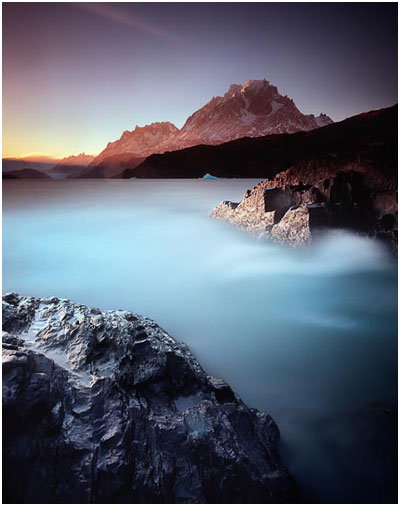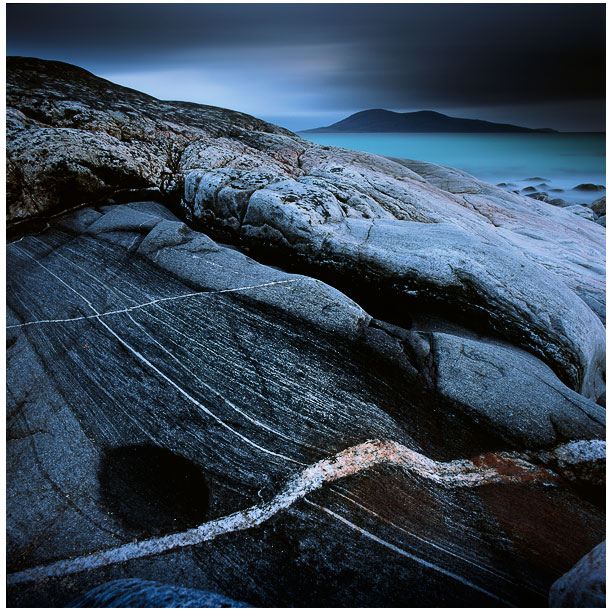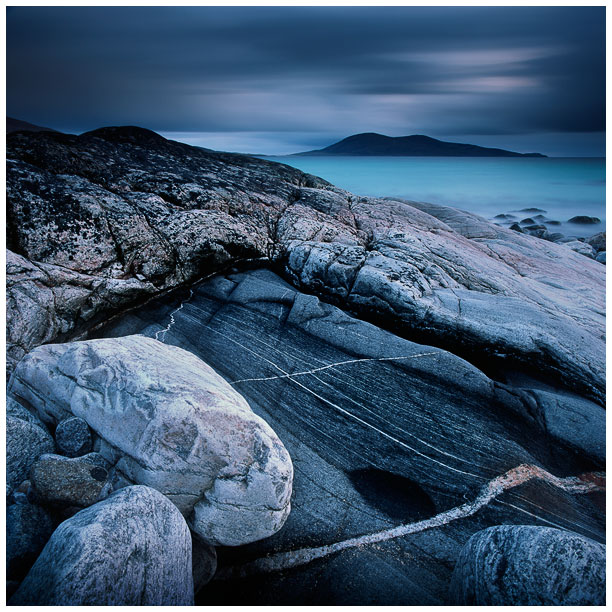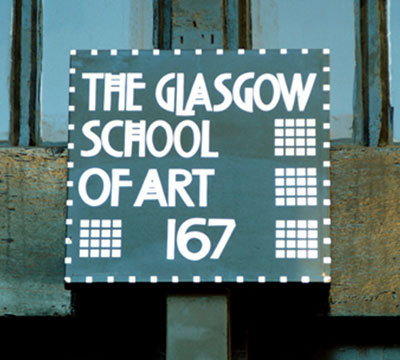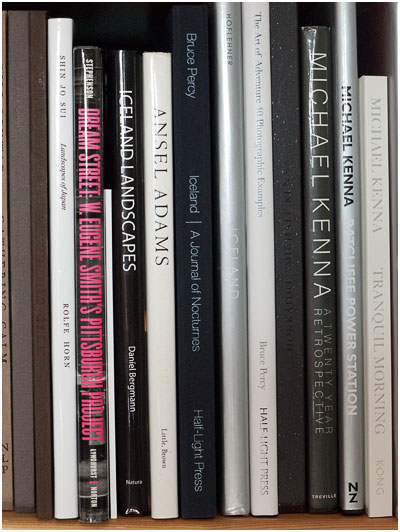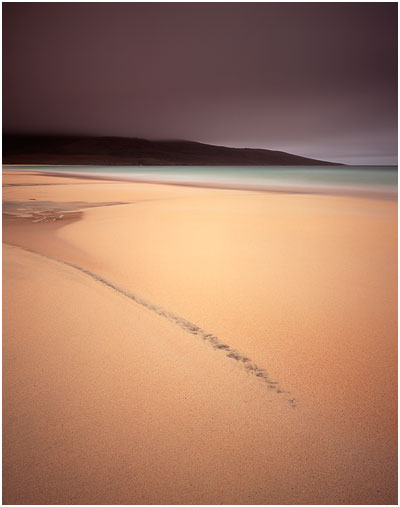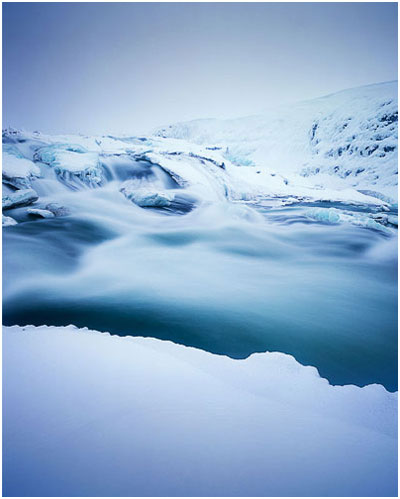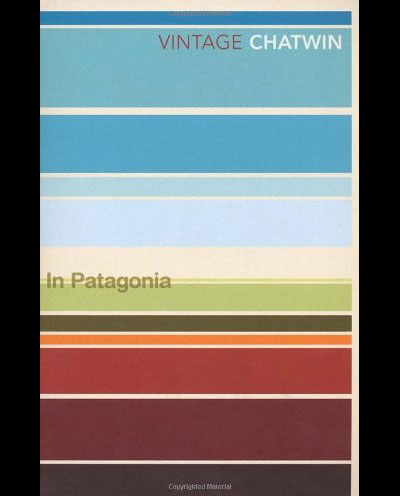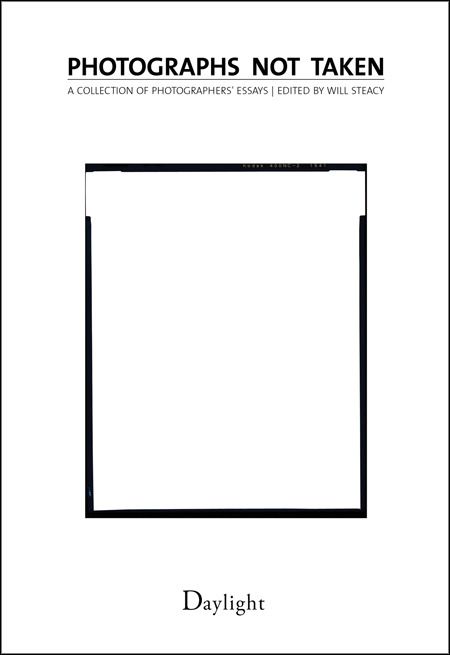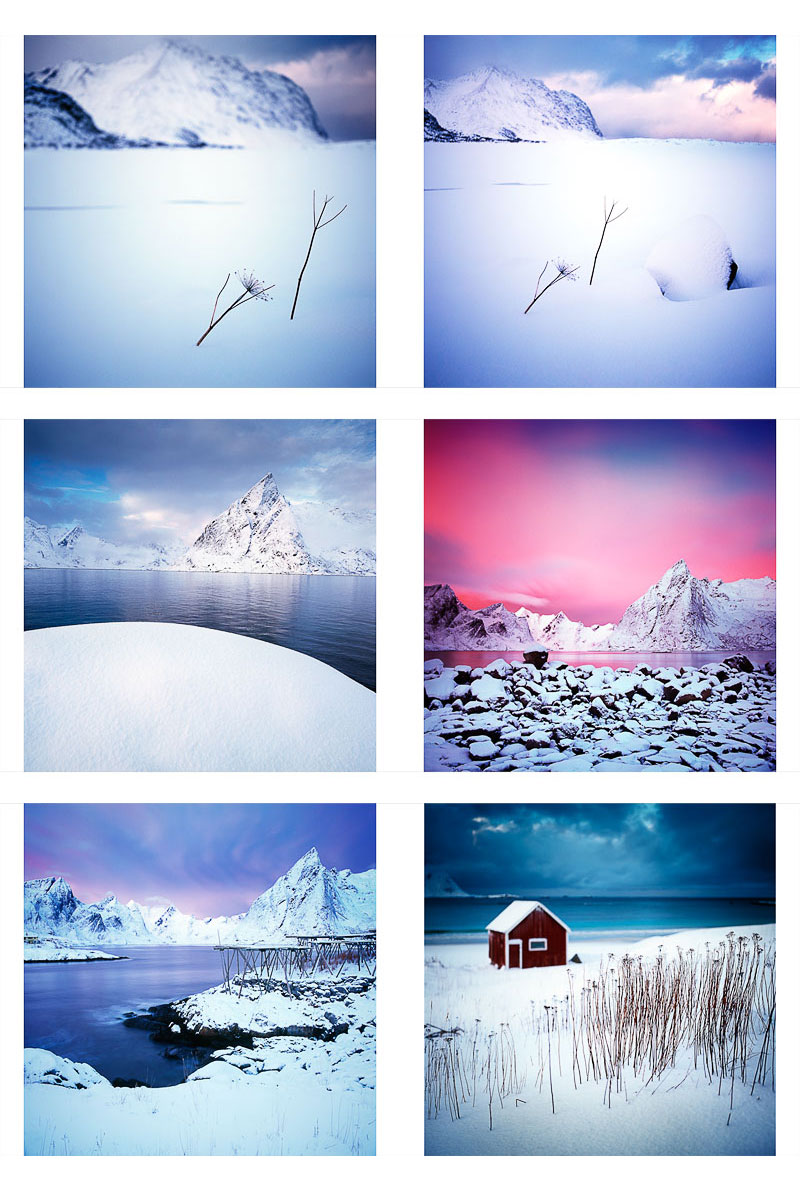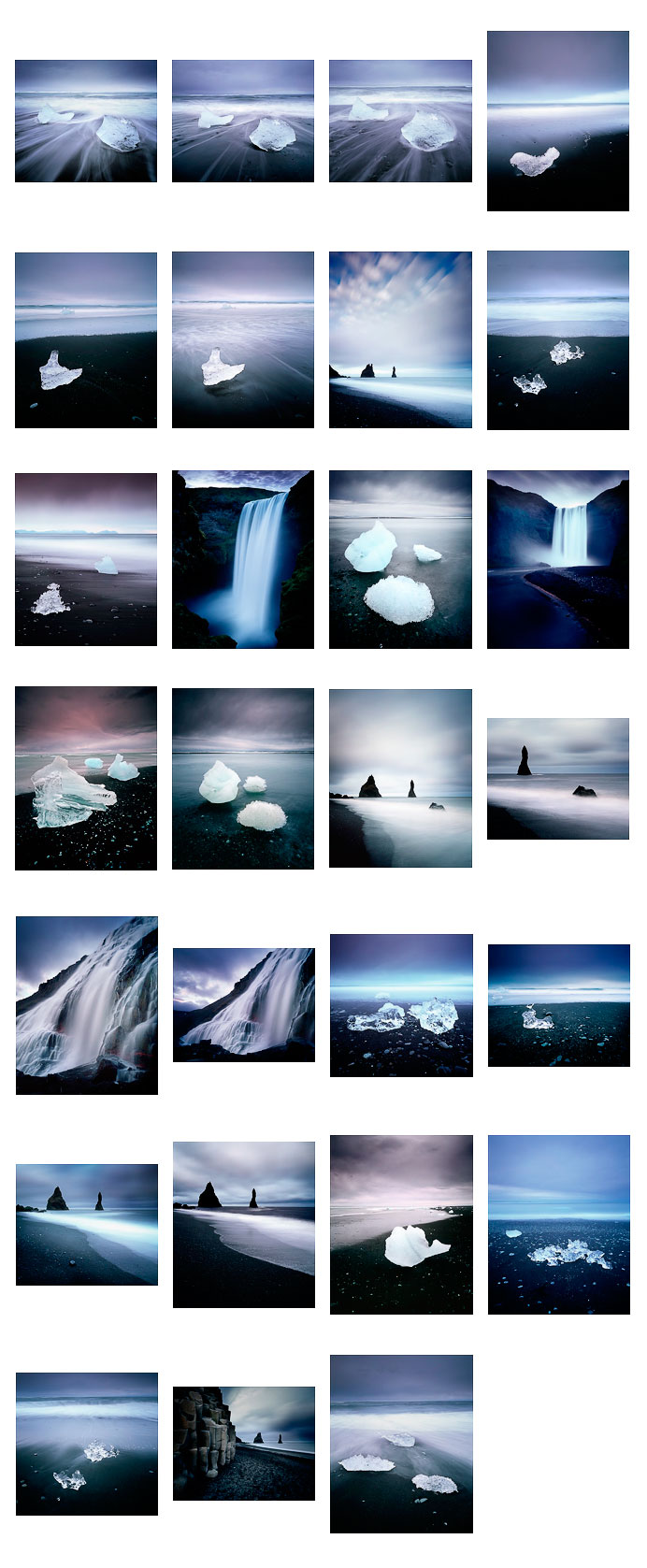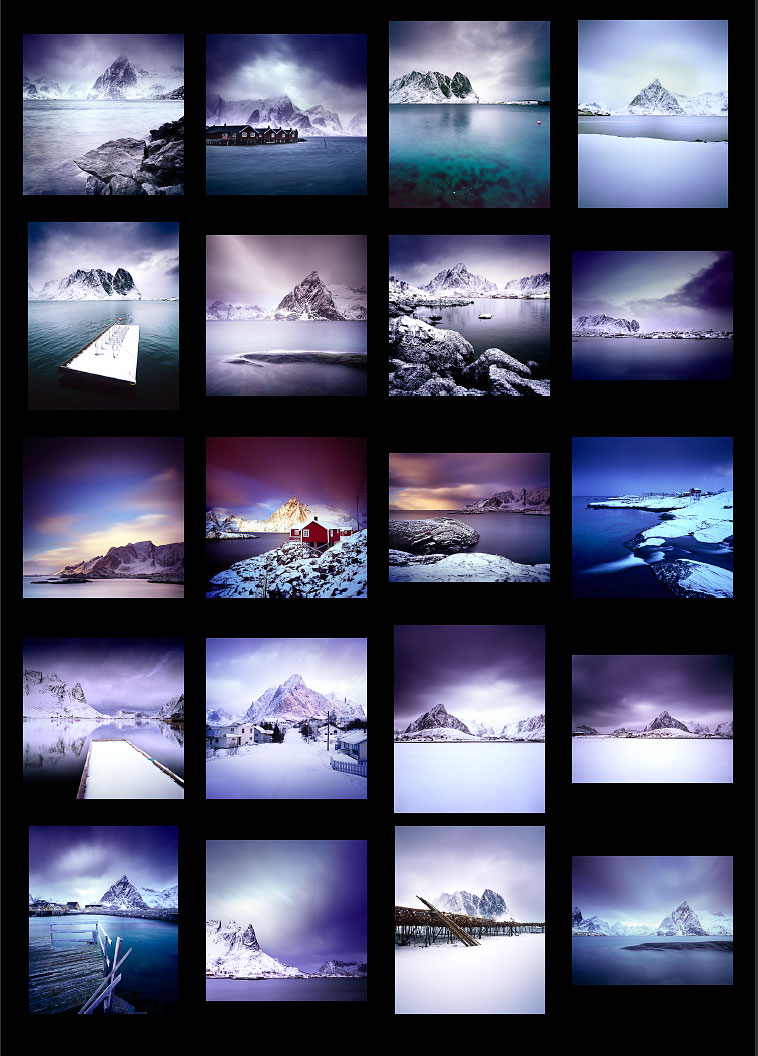A few weekend's ago, I was in Torridon conducting a weekend workshop. One of the topics that came up was the abundance of choice that we have as photographers. It's a well worn path of discussion for me, and something I've got very firm views on. I believe that when we have more choice, it does not equate to better creative control.

In fact, I think my motto on occasions has been that 'less is more'. One such instance is in lens choice. I don't believe that having zooms makes for a better approach to improving composition, and that by using fixed focal length lenses (primes) we have a lot of advantages over those who believe that having a zoom will allow them to cover all scenarios.
Let me explain. Primes force you to hunt the landscape. You have to move, to find the right composition and fit it to work with your lens. Zooms make us lazy and we tend to stay rooted to the same spot. We don't engage with the landscape so much. Also, if you are a beginner, then zooms make things more complicated because I believe that if you have, say, 3 fixed focal length lenses such as a wide, standard and telephoto, you get to know them well and in particular - start to 'visualise' in those particular focal lengths. It cuts down decisions and allows you to get on with the task at hand - making images.
It's a complete folly that having lots of lenses, lots of camera bodies, and carrying everything with you all the time - means you're ready for anything. In truth, you've lumbered yourself down with a lot of dead weight, and too many options.
There's an adage 'the best camera and lens you have - is the one you have with you'. If you have one lens, you'll work with it. Get the most out of it. If you have five lenses, you've got to make your mind up which one to use, and until you're really experienced in using them - you'll only add confusion to the process of trying to make good images.
So what is my point?
Well, I've not really got to it yet. So far, you've just been listening to a pre-able, and what I'd like to really discuss is that anyone who's wanting to work on their photography and improve on it, needs to be able to commit. Make decisions and stand by them. Those that go out with all the lenses in the world to capture 'everything' are only distancing themselves from making any firm commitments.
We seem to live in an age where we want endless undo features. We wish to be able to capture 'everything'. Well, we can't be omnipresent. That's someone else's job. Not ours. No. We have to compromise, accept we won't capture everything, and nor will we be able to get everything 'right'. Those that think they can by taking every available lens with them is only fooling themselves.
And my point is: the same for post-capture editing.
I'm always fascinated when I show groups on my workshops the endless undo facilities of LightRoom. Compared to Photoshop, you can undo anything at any time, days, months or years after you edited it - in LightRoom. But you can't with Photoshop. Once you crop and save that file, quit the application - you've lost any possibility of going back in the history, because Photoshop is destructive: it only remembers your edits during the current session. Not for the rest of your life.
So you better get it right.
Or maybe that should be - you better get used to living with your decisions.
I make bad choices all the time. But by looking back at what I did, months, years later, I see that I'm developing and learning. I need to make mistakes to improve. I need to commit and believe that what I chose as a suitable edit - was right - at that time.
So my point is - I don't think having endless undo capability in LightRoom is really that important. Yes, it's nice, but it's not really a feature I seek or feel is vital to any editing application I use - because I don't look back. I don't waste time thinking that I might have got that edit wrong. I make a decision in Photoshop, do the crop and move forward.
I'm aware that during the editing stage, images become photographs. I'm aware that their personalities change. They become something else. Each edit closes a door of what they might have been, and opens a door to what they are becoming. I embrace the future and I'm excited to wonder just which direction the editing will take the image in.
Sure, there's a valid reason for having undo features. I use the history in Photoshop all the time. If I'm not sure just where I'm going, I'll revert, go back a step or two, compare, and see if I think the current edit I'm doing is justified. But once I save that file, I'm committed. I don't look back.
I believe in myself, and my fallibleness too.
It reminds me of each time I make an image on my film cameras. Once I shoot a frame, I know I can't go back and change it. I live with it, embrace it for whatever it may be, and whatever it may become, once it's scanned and loaded into my digital darkroom.
No, to think you have endless undo possibilities, and can 'go back' at any stage is for those who lack conviction, or confidence in their own artistic-leanings.
Perhaps the message in this post is to trust yourself.
Accept that you won't always get it right, that anything we do in photography is a learning process, a stepping stone towards better images in the long run.
After all, a good artist is one that is open to growth. And growth only happens when we open ourselves to letting things go with the flow and being free enough to see what might happen, and not worry too much if what we create appears to be a failure (I would argue any failure probably holds a lesson for us).
Maybe you feel this posting doesn't apply to you. Maybe you feel you've achieved a level of 'perfection'. I think one attribute all creative people should possess is that of humbleness. If you feel you're creating perfection, then maybe you're in more trouble than you really know.
I'm certainly aware that I'm on a journey and that what might seem good today, may feel wanting tomorrow. But I don't hold myself in high regard and nor do I give myself a hard time about my decisions. I just try to let things flow. Everything is of its time. I try to be kind to my own creativity. If I'm kind to it, then it will be good to me.
Creativity is a constantly learning journey. Being extremely kind to your mistakes is really important. But also holding true to your convictions at the time of the edit is really important too. The images show who you were at that moment.
So for my money's worth - I'm not too bothered about having that undo safety net that Lightroom offers. It's a distraction on the path of creative learning. I make my decisions, I live with them and only by living with them, I learn. But in order to learn, I have to commit.
